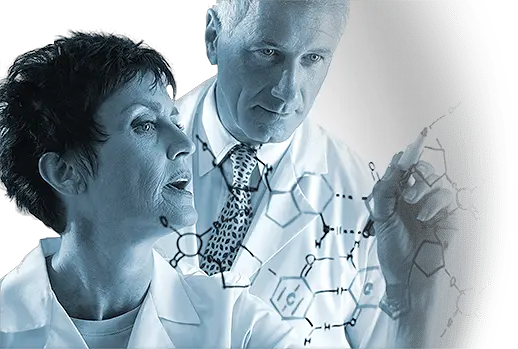
What is a biomarker and what do scientists use them for? Biomarkers can tell us more about how nutrients, for instance seafood, affect our health. NIFES is currently developing methods to detect nutrients-derived biomarkers.
Biomarkers are substances that can be found in tissues, blood or urine and provide information about the health and nutritional status of our body. This may apply to substances in food which are involved in central biochemical processes in the body, or substances that are synthesized in the human body.
The marine omega-3 fatty acids present in fish, seafood, or cod liver oil are examples of biomarkers. Dietary fatty acids are used by our body for building cell membranes, improving brain function, and lowering the risk of human cardiovascular diseases. For these reasons, it is important to develop accurate methods for the determination of marine omega-3 fatty acid biomarkers in biological samples, says Pedro Araujo, researcher at the National Institute of Nutrition and Seafood Research (NIFES).
New tools provide new insights
Local hormones involved in inflammatory processes such as prostaglandins can also be used as biomarkers. For instance, prostaglandins E2 and E3 (PGE2 and PGE3, respectively). PGE2 and PGE3 are derived from the omega-6 and omega-3 fatty acids respectively and play an important role in our immune system.
NIFES has developed a mass spectrometry method that identifies PGE2 and PGE3 and measures their levels, within a broad concentration range. The determination of the levels of PGE2 and PGE3, can reveal which type of fat we eat and its influence on the immune status of our body, says Araujo.
Why new tools?
Although immunoassays techniques are generally preferred for the analysis of prostaglandins, they are unable to distinguish between PGE2 and PGE3 . The method developed at NIFES, based on mass spectrometry, overcomes this lack of analytical discrimination. It is important to mention that discrimination between PGE2 and PGE3 is crucial due to the pro-inflammatory properties of the former and the anti-inflammatory properties of the latter. Increased knowledge about these biomarkers, and others, is imperative in the understanding of how seafood affects our health.
































